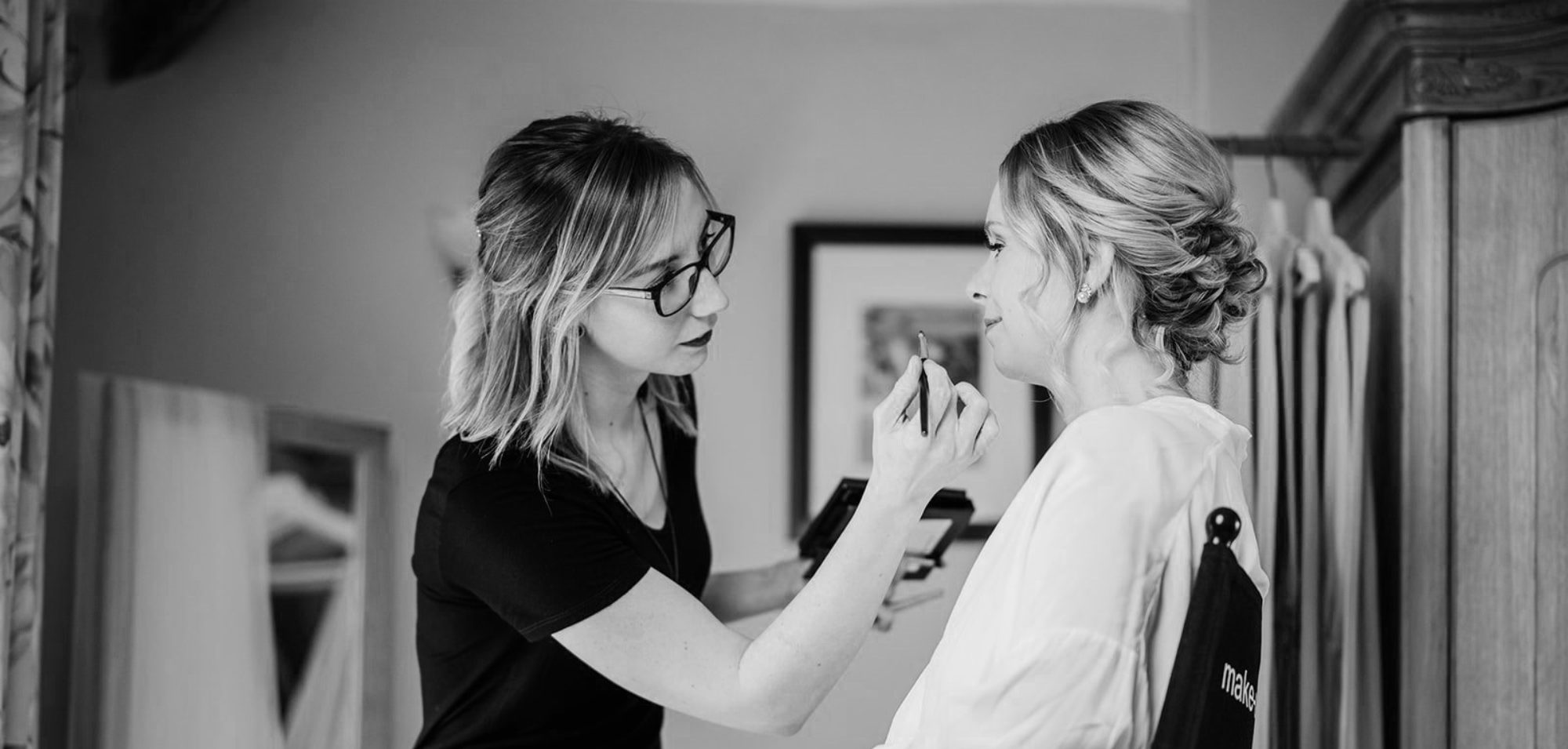1603AD-1714AD

The Stuart’s vision on beauty was also to have pale white skin, just like times before. This was due to the status symbol of not having to work outside. Women would sometimes wear masks when they were outside so not to catch a tan.
It was also considered beautiful to have a small double chin.
Skincare:
The beauty regimes to achieve pale skin standards were very dangerous. Some women would use vitriol oil or Mercury water to exfoliate the skin, use a toner made from lead, and then apply highly toxic make-up, this would destroy their looks and health. A lot suffered lead and Mercury poisoning, damaged teeth, hair loss, blackened skin and even death.
However, there were some more natural ways women would look after their skin. Such as using wash balls made from shredded soap and herbs to wash and gently exfoliate their faces, and then using a toner made from bran water or almond oil.
Skin whitening waters were used; these were made from lemon juice, borax, egg white and sometimes snails. Teeth were cleaned using powders that contained myrrh, cream of tartar or cinnamon.
Make-up

In the early 17th century, not much make-up was used, and then it got heavier towards the end of the century. It was worn by both men and women. Due to a lot of religious wars happening in this period, a lot of people thought that make-up, or any sign of vanity was a sin. These Puritans wouldn’t even allow women to wear jewellery; some male opinions were that if women were willing to “cheat on their looks” by using make-up, then they could easily cheat on a man.
Those that did wear make-up would wear a white base made from ceruse, or a mix of white chalk and white lead. As paleness was so fashionable, sometimes people would draw on very fine blue lines onto their foreheads to give their skin a translucent look, as if their veins are showing through.
Rouge was used on lips and cheeks. Lips were painted well defined, small mouths were considered beautiful, though it is not known if they would paint their lips smaller than they were. Blush was painted on the cheeks quite low in a big area to give the look of a natural blush. Some women used black paint to define their eyebrows, though a lot kept their brows natural. Eye shadow in colours of brown, grey and blue were available, sometimes they would use it around their entire eye, very close to their lash line.
“Beauty patches” or “beauty spots” a.k.a. a “mouche” were very popular towards the mid-century. They were cut out of black velvet, silk or paper in shapes such as circles, stars and crescent moons. At first it was fashionable to apply lots of them all over the face, with lower class people using not as many, eventually it became less extreme and people would wear just one or two. They were able to cover blemishes and scars, also to be used as a secret language as to where on the face they would wear them. For example one on the right cheek would mean they were married, left cheek would mean engaged and the corner of the eye would mean they were somebodies mistress.
Hair
Blonde hair was the ideal colour as it was considered to be “angelic”. They would attempt to bleach their hair in the Sun by applying a mix of black sulphur, honey and alum.
A popular women’s hairstyle was to have a center parting with curls at each side and the rest up into a bun at the back of their head. Short fringes and curls would sometimes frame their face.
In the mid 1600’s male hair was fashionably long with curls and waves.

NEXT: Georgian Period
BACK: Tudor Period

